Maiji’s Kolu
It is Navratri, a time for fasting in North India and of Bommaikolu or Golu in the South. An annual event, Golu or Kolu is basically a display of clay dolls in vibrant colours on some form of steps. The dolls may be of Gods and Goddesses depicting various scenes from our mythology or they may depict scenes from our day to day life, like ladies washing vessels, vegetable seller, marriage, etc. As a Navratri special, we being you the reminiscences of 88-year-old Lalitha Athai from Chennai or Maiji as she is fondly called by everyone. She writes about her memories of Kolu over the years.
Maiji’s Kolu Diary
My first recollection of this nine-day festival is that a kolu would appear overnight in our pooja room like magic. Arranged on nine steps covered with a white cloth, the images of all the Gods and Goddesses, along with the family’s collection of curios, arranged artistically under a canopy of white cloth, edged with red and green frilled border, and decorated with rainbow coloured paper garlands, it would seem to us children like a magic show.
In a single night after we children were sent to bed, my mother with the help of my elder brother and sisters would have the show ready. For the rest of the 355 days, these dolls and everything else were stored in my mother’s tallboys in her store room. During Navarathri in the evenings, my sister and I, dressed in our best pavadai uduppu (long skirt and blouse) were sent to neigbouring houses to invite the womenfolk there to visit our kolu and accept manjalkumkumam (auspicious objects). In the homes where they had also arranged kolu, we would be welcomed, seated on apattupai,(silken mat) asked to sing a song, and finally treated to the sundal and any sweet prepared as neivedhiyam (sacred offering to the gods), along with vetrilai pakku (betel leaves and nuts), coconuts, and blouse pieces as gifts. We used to feel like VIP s, when we returned home with our loot. All the while my mother too would be doing the same to visitors at our homes who would have come to invite us. Those ten days were really fun for me and I enjoyed them thoroughly.
Dolls for the Kolu
When I got married and set up my own home in Delhi, I was astonished to find that kolu was non-existent in the north. Very few families belonging to the south, about four or five, had kolu. When my eldest daughter was one year old, I started the kolu with a handful of bommais, typical Delhi made ones – and thus introduced the festival of kolu to my neighbours. My first kolu was a very small one with just two steps, two feet long and one foot wide. From that kolu, in a period of twenty years, my kolu grew in size and shape, decorated with all the frills my mother had, and also admired by one and all. I am not boasting, but my kolus were well appreciated, and I enjoyed readying them.
Come September, I would start planning for kolu. Apart from the seven steps, I enjoyed having some side shows on the floor, all prepared and made at home with the help of my children. One year it would be a small town with a temple with four towers in the centre, small shops selling things one sees in the towns, around the temple walls; small lanes with bullock carts. Sometimes it would be a hill temple with fields around, and the rich crop nodding their heads, (the crops were grown using fenugreek seeds) and a park with children playing. One year in Pondicherry, I made a model of the whole length of Rajpath of New Delhi, from the Secretariat to Indian Gate, with the lawns, the fountains, and all the buildings including the Parliament House. Everything was hand made with cardboard. Another year it was the seafront of Pondicherry with the sea and the waves, and the buildings on the seashore. Another year I made the map of India, marked the main cities with important buildings, and people dressed in the costumes of the regions.
Maiji’s Kolu in 1978
A week before kolu started I would be ready with my plans and start to prepare the hills, the fields and parks with loose earth carried in from outside by the bucketful. The mud was moulded by hand into various objects like walls, shops, huts, with windows and doors. Ice cream cups painted red were used as pots for plants and shrubs. And gradually we had collected a large number of bommais, all big and small from Trichy, Chingleput and Pondicherry, including the famous Bunrutti bommais. My centerpiece was a Lakshmi, about a foot tall, sitting on a lotus flower, six inches high and size of a dinner plate. Two elephants, big, white ones stood on either side of the Goddess with a garland each held in its trunk.
My last kolu was in 1978 in Delhi. Somehow with elders no more, and the older children leaving home, and us moving to a smaller house dampened my enthusiasm. My only regret now is I never thought of taking any photos of the kolu in Pondicherry – they were worth it. Now all my dolls are decorating the kolus of my friends and relatives, to whom I gave them away. Only two dolls, a Lakshmi and a Saraswathi, more than 50 years old, remain at my daughter’s place – a reminder of the days gone by.
To our readers: Do you have a festive memory that stands out in your mind? That you wish to record forever? If there is a tradition you would like to share with us, send your words and photographs to connect@silvertalkies.com.
Radhe Krishna Golu Dolls Image Courtesy: Vinoth Chandar/ Chennai/CC 2.0, Wikimedia Commons
Comments

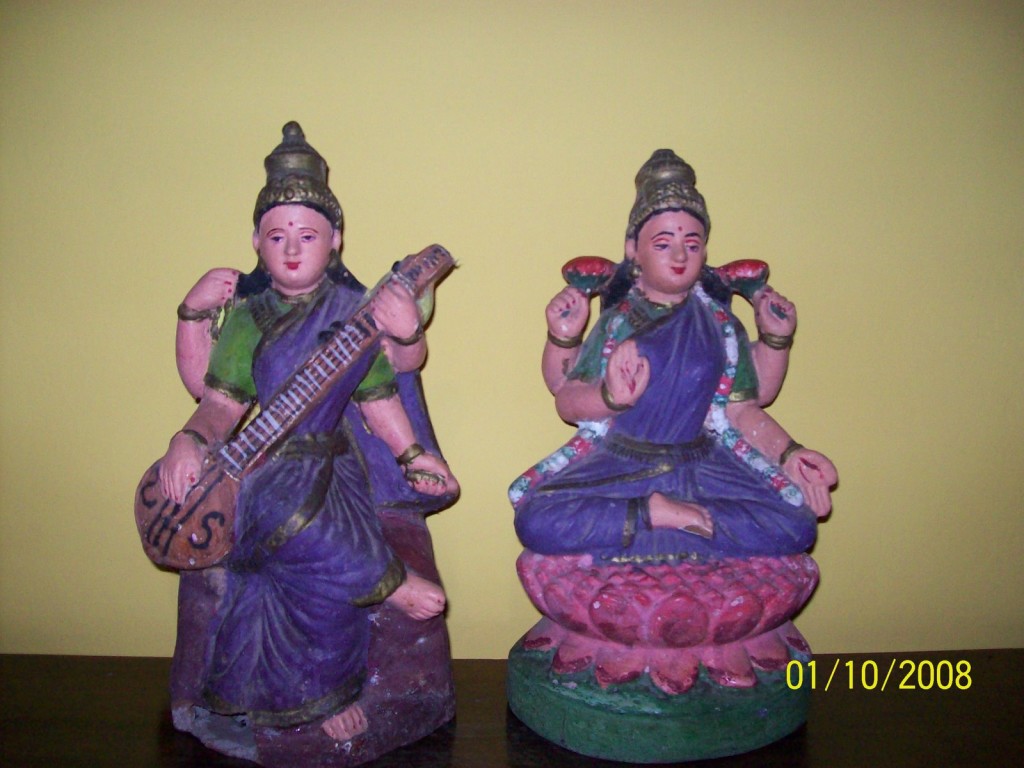
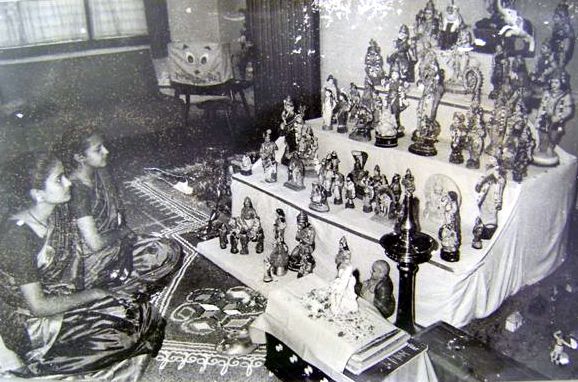
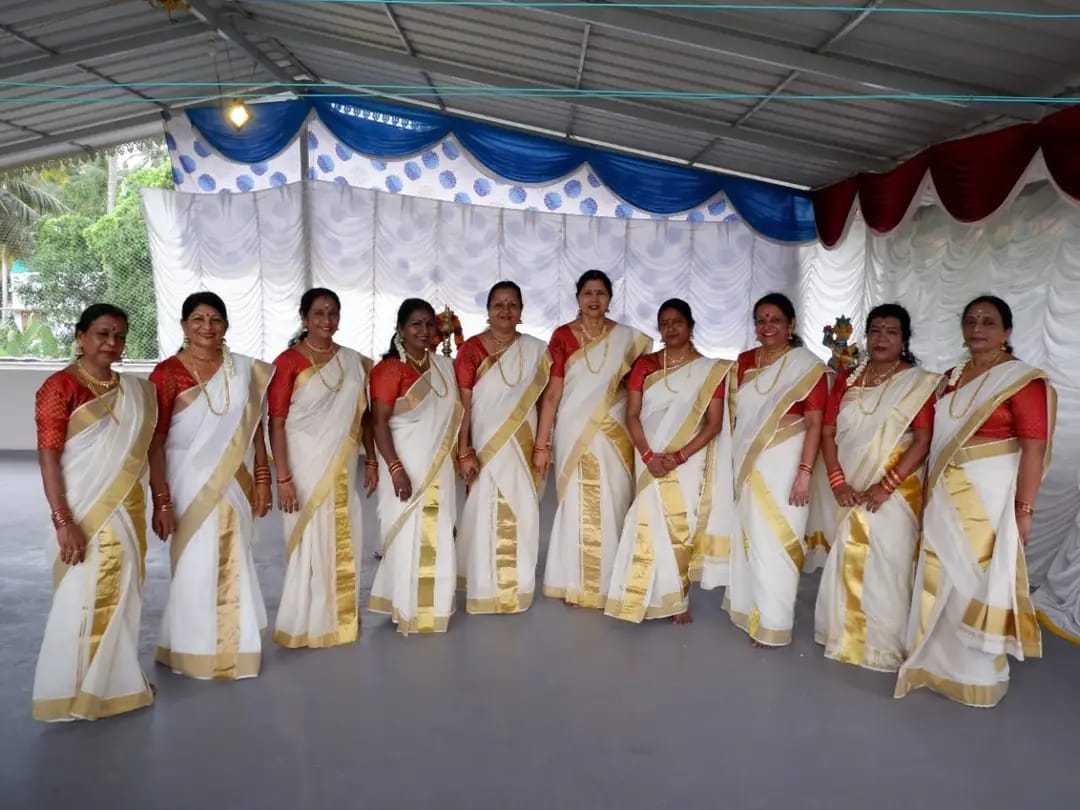
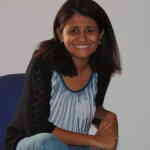

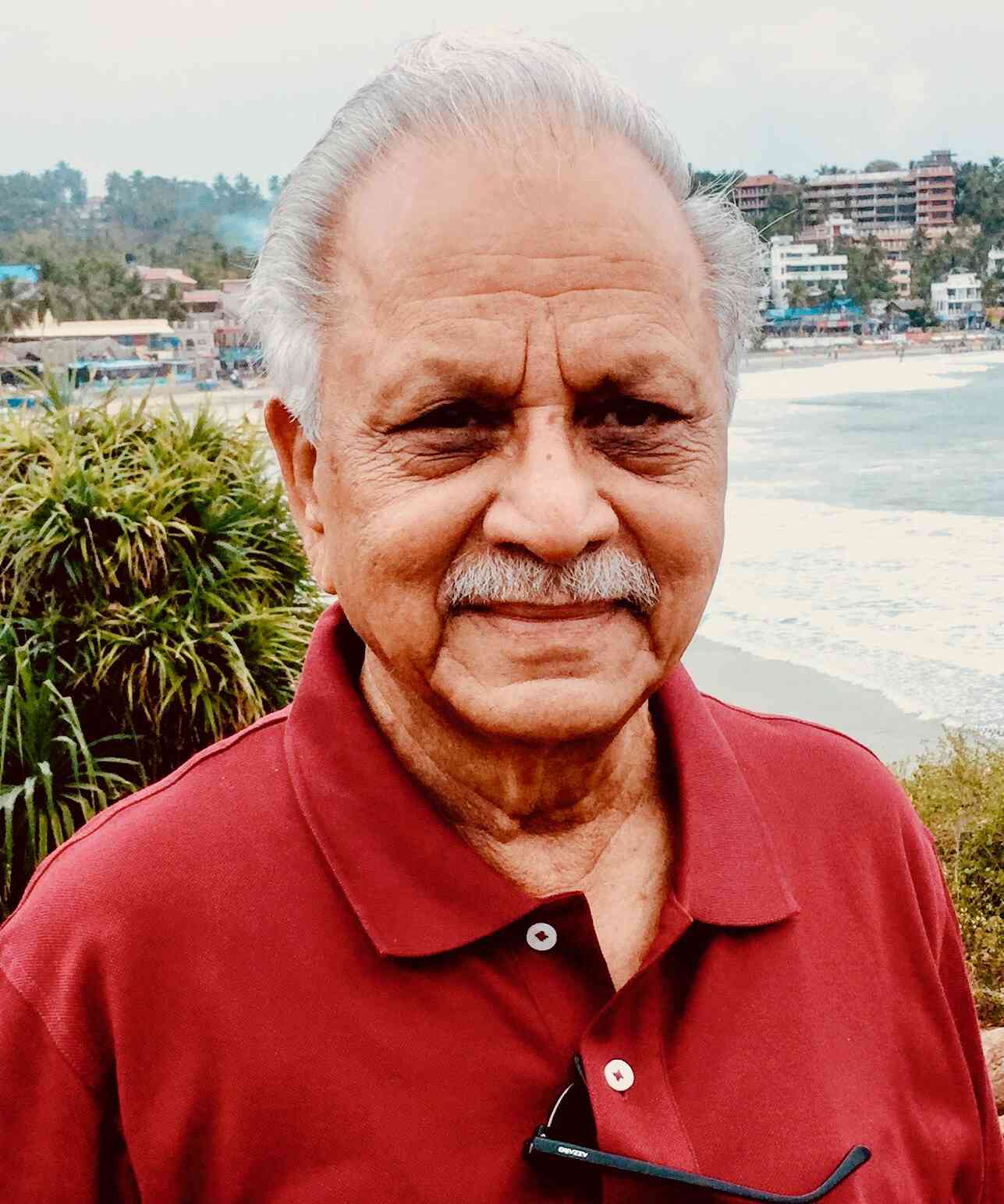

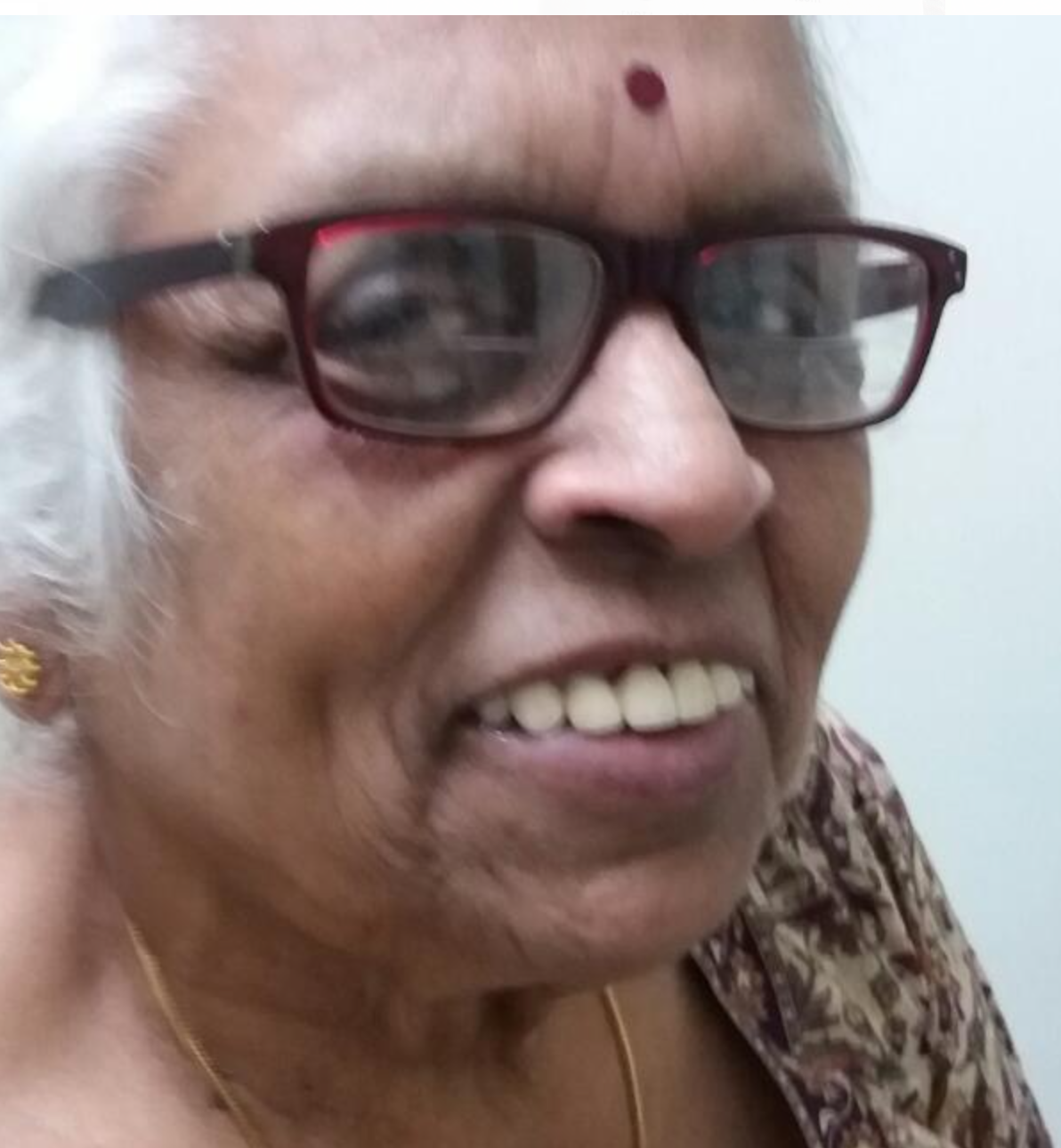
Post a comment